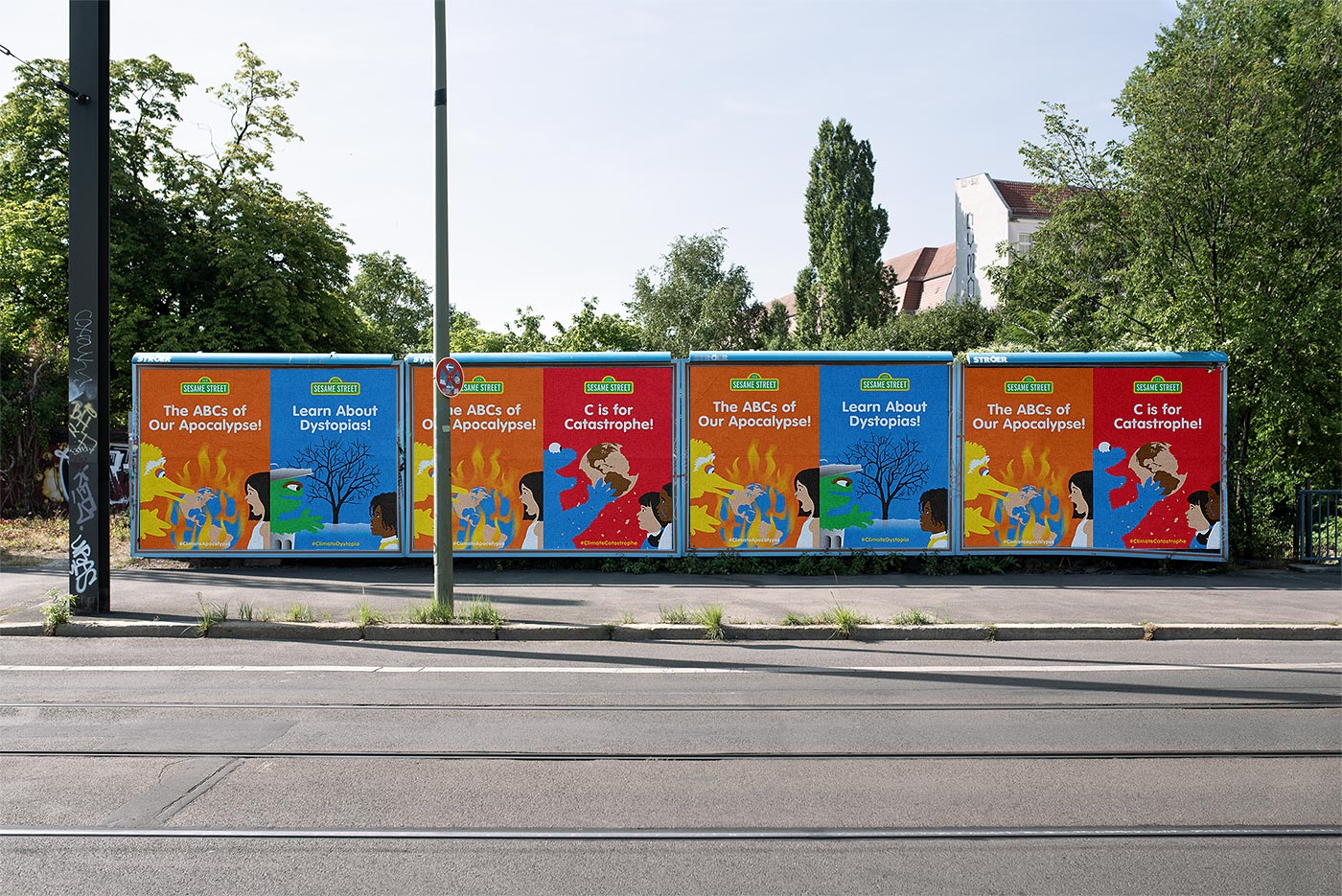We've all seen them, those intriguing posters plastered on urban walls and alleyways, catching our eye with their vibrant colors and distinctive designs. Wheatpaste posters have become an integral part of the street art culture, giving artists a unique medium to express themselves and share their creativity with the world.
There's something undeniably captivating about this form of art – it invites us to take a closer look, draws us into its narrative and makes us feel connected to the thriving artistic community that's blossoming in our cities.
But what is it that sets wheatpaste posters apart from other forms of street art? In this article, we'll explore 10 aspects that make this eco-friendly alternative truly special. From its deep-rooted history to the techniques used by talented artists, we'll dive into how wheatpaste has left an indelible mark on urban landscapes worldwide.
So let's embark on a journey together as we uncover the allure of wheatpaste posters and immerse ourselves in the rich tapestry of stories they tell – after all, there's nothing like feeling a sense of belonging within a creative community brimming with passion and inspiration.
Key Takeaways
- Wheatpaste posters are an integral part of street art culture with a rich history dating back to WWII propaganda, and are a staple element of political activism and DIY movements.
- Crafting wheatpaste posters requires precision and patience, and experimentation with additives can create a unique mixture. Selection of paper and artwork is crucial for eye-catching displays, and heavyweight paper offers high durability while recycled materials add an eco-friendly element.
- Wheatpaste posters provide artists with an accessible and impactful medium to express ideas, encourage urban activism and community engagement, and celebrate creativity and authenticity. They can also have a positive impact on mental health and well-being, and can be used to promote social and political causes and raise awareness for important issues.
- Wheatpaste posters are gaining popularity as a form of street art, and are a way to express oneself creatively in public spaces, beautify urban environments, engage with and reflect the culture of a community, and bring attention to underrepresented voices and perspectives.
History of Wheatpaste Posters
You can't help but be fascinated by the rich history of wheatpaste posters, which have been spreading art and ideas for centuries! As a staple element in political activism and the DIY movement, these posters have long given voice to those who wish to express their opinions or promote events.
They first gained popularity during World War II, when they were used as an efficient way to distribute propaganda. Since then, wheatpaste posters have become synonymous with urban street art culture and are now embraced by people from all walks of life.
From passionate activists plastering messages on walls in protest of oppressive regimes to local bands promoting their gigs in vibrant displays, it's hard not to appreciate the artistic creativity that goes into making these visually compelling pieces. Each poster tells its own story – whether it's a poignant message about social justice or a quirky illustration that simply catches your eye.
And as part of this growing community, we too can contribute our own works of art and ideas through wheatpaste posters, connecting with others while expressing ourselves authentically.
So let's continue celebrating this incredible medium that has brought us together for so many years!
Eco-Friendly Alternative to Traditional Street Art Materials
It's important to note that using wheatpaste is an eco-friendly alternative to traditional street art materials, putting less strain on the environment and promoting sustainability. This sustainable creativity not only benefits the artists and their communities but also helps in reducing negative environmental impact.
Just think about it:
- Wheatpaste is made from simple, natural ingredients: flour or starch and water.
- It breaks down easily over time, unlike spray paint and other synthetic materials that can harm the environment.
Incorporating wheatpaste posters into street art projects allows artists to express themselves while being mindful of their surroundings and contributing positively to the world around them. In a society where we're increasingly concerned with our ecological footprint, this form of art offers a way for individuals to connect with others and create a sense of belonging through shared values.
The visually descriptive nature of these posters captures emotions, ideas, and moments in time, all while remaining environmentally friendly. So next time you come across a wheatpaste poster along your urban explorations, take a moment to appreciate not just its artistic merit but also its contribution towards promoting sustainable creativity in our cities.
Techniques and Materials Used by Artists
Let's dive into the world of wheatpaste art by exploring how to create the perfect mixture, selecting the right paper, and designing captivating artwork.
With a simple blend of flour and water, we can concoct an eco-friendly adhesive that bonds our masterpieces to urban landscapes.
By choosing durable yet lightweight papers and showcasing eye-catching designs, we'll leave a lasting impression on those who encounter our street art expressions.
Creating the Wheatpaste Mixture
Crafting the wheatpaste mixture isn't merely an art, but a science as well – one that requires precision and patience. Achieving the perfect mixture consistency is crucial for a smooth application process, ensuring that our posters adhere seamlessly to surfaces without any unsightly wrinkles or bubbles.
We start by mixing flour with water in just the right proportions until we have a silky-smooth concoction that's neither too thick nor too runny. Then, we gently heat our blend on a stovetop, stirring continuously to avoid clumping and achieve an even texture throughout. The result? A beautifully consistent paste that glides effortlessly onto any surface.
But why stop at basic flour and water when you can customize your wheatpaste to suit your individual needs? By experimenting with various additives such as sugar, salt, or even wallpaper adhesive, we can increase the bonding strength of our mixture and create something truly unique.
As we apply this versatile paste to our meticulously crafted posters, it's hard not to feel a sense of camaraderie and kinship with fellow artists who share our passion for self-expression through wheatpasting. So come join us in celebrating this creative medium by learning how to mix up your very own batch of wheatpaste – together, let's make our voices heard!
Selection of Paper and Artwork
Choosing the right paper and artwork for your wheatpasting project isn't just a simple decision; it's an opportunity to express yourself and make an impact on your community. When selecting materials, consider factors such as paper durability and artwork variety to create eye-catching displays that can withstand the test of time.
There are several types of paper and artwork to choose from, each offering unique advantages. Heavyweight paper offers high durability, making it ideal for outdoor displays where weather conditions may be harsh. Recycled materials not only add an eco-friendly element to our creations but also give them a distinctive look. Bold, colorful designs can capture attention from passersby while showcasing our individuality. Including inspirational messages or quotes can encourage others in our community, fostering a sense of belonging.
By thoughtfully selecting the right combination of materials and designs, we can create engaging wheatpaste posters that resonate with others around us. Ultimately, this allows us to leave a lasting impression on our community while expressing ourselves creatively.
Unique Look and Feel of Wheatpaste Art
You'll find that the unique look and feel of wheatpaste art adds a certain depth and rawness to your space, evoking emotions you didn't know you needed.
Wheatpaste textures bring an urban vibe into any environment, reflecting the gritty essence of street art impact which is often sought after by those who crave a connection to something real and unfiltered.
The rough surface texture created by the wheatpaste can resemble aged walls or weathered billboards, providing a distinctive backdrop for captivating artwork. As the paste dries on the paper, it creates natural wrinkles and creases that add character to each piece, ensuring no two posters are exactly alike.
The organic nature of wheatpaste art makes it incredibly appealing for creating a sense of belonging in any setting. When displayed in your personal space or at an event, these artworks act as conversation starters and foster connections among people who share a common appreciation for this unconventional medium.
The imperfections found within each piece serve as reminders that beauty can be found in even the most unexpected places – much like stumbling upon an incredible mural while wandering through city streets. Embracing wheatpaste art not only allows you to showcase your individual taste but also invites others into your world of creativity and authenticity.
The Role of Wheatpaste Posters in Urban Art Culture
In urban art culture, wheatpaste posters play a significant role in providing artists with an accessible and impactful medium to express their ideas, while also overcoming the objection that street art is solely about vandalism or destruction. This form of artistic expression allows for urban activism and community engagement, as it encourages conversation and thought around the messages being conveyed. Wheatpaste posters can be found in cities worldwide, showcasing diverse voices and talents while simultaneously connecting people through shared experiences.
Wheatpaste posters contribute significantly to the urban art landscape by offering a temporary canvas for creativity that engages both artists and viewers alike. The ephemeral nature of these works adds depth to their impact as they evolve over time, reflecting the ever-changing environment of city life. To highlight just how important wheatpaste posters are in promoting urban activism and community engagement, let's explore some key aspects:
| Aspect | Importance |
|---|---|
| Accessibility | Wheatpaste is affordable & easy to make, allowing more artists to participate |
| Flexibility | Artists can create large-scale works that cover entire walls or smaller pieces for tight spaces |
| Community Connection | Public artwork creates opportunities for dialogue & fosters a sense of belonging |
By incorporating wheatpaste posters into our urban surroundings, we not only add vibrancy and color but also introduce thought-provoking concepts that spark conversations within our communities. As we all continue exploring new ways to connect with one another on deeper levels, let us appreciate the unique contributions wheatpaste offers in fostering connection through creative expression.
Frequently Asked Questions
What are some common mistakes or challenges artists face when creating wheatpaste posters, and how can they be avoided or resolved?
Common mistakes we face creating wheatpaste posters include poor adhesion and image quality. Resolution techniques involve using proper paste mixtures, high-resolution images, and smooth surfaces, ensuring our art captivates and unites.
Are there any legal considerations or potential consequences for artists using wheatpaste posters in public spaces?
We've found legal loopholes to minimize consequences for wheatpaste posters in public spaces. However, it's essential to research local laws and seek permission when necessary, ensuring our art stays vibrant and inclusive.
How do wheatpaste posters hold up in various weather conditions, and are there any special precautions artists can take to ensure their longevity?
We've found that wheatpaste posters have decent weather resistance, but for added longevity, we suggest using waterproof materials and a protective coating. Join in creating vibrant street art that stands the test of time!
Can wheatpaste be used on surfaces other than walls, such as canvas or wood, and how does this affect the final artwork?
Absolutely! We can use wheatpaste on canvas and wood, expanding our artistic possibilities. Canvas offers versatility for various styles, while wood textures bring a unique charm to the final artwork. Let's get creative together!
Are there any notable collaborations or community projects involving wheatpaste posters that have made a significant impact on the public or local art scene?
Like bees in a hive, we've witnessed the collaborative impact of community projects involving wheatpaste posters. These artistic endeavors unite local art scenes, creating vibrant displays that leave lasting impressions on the public.









